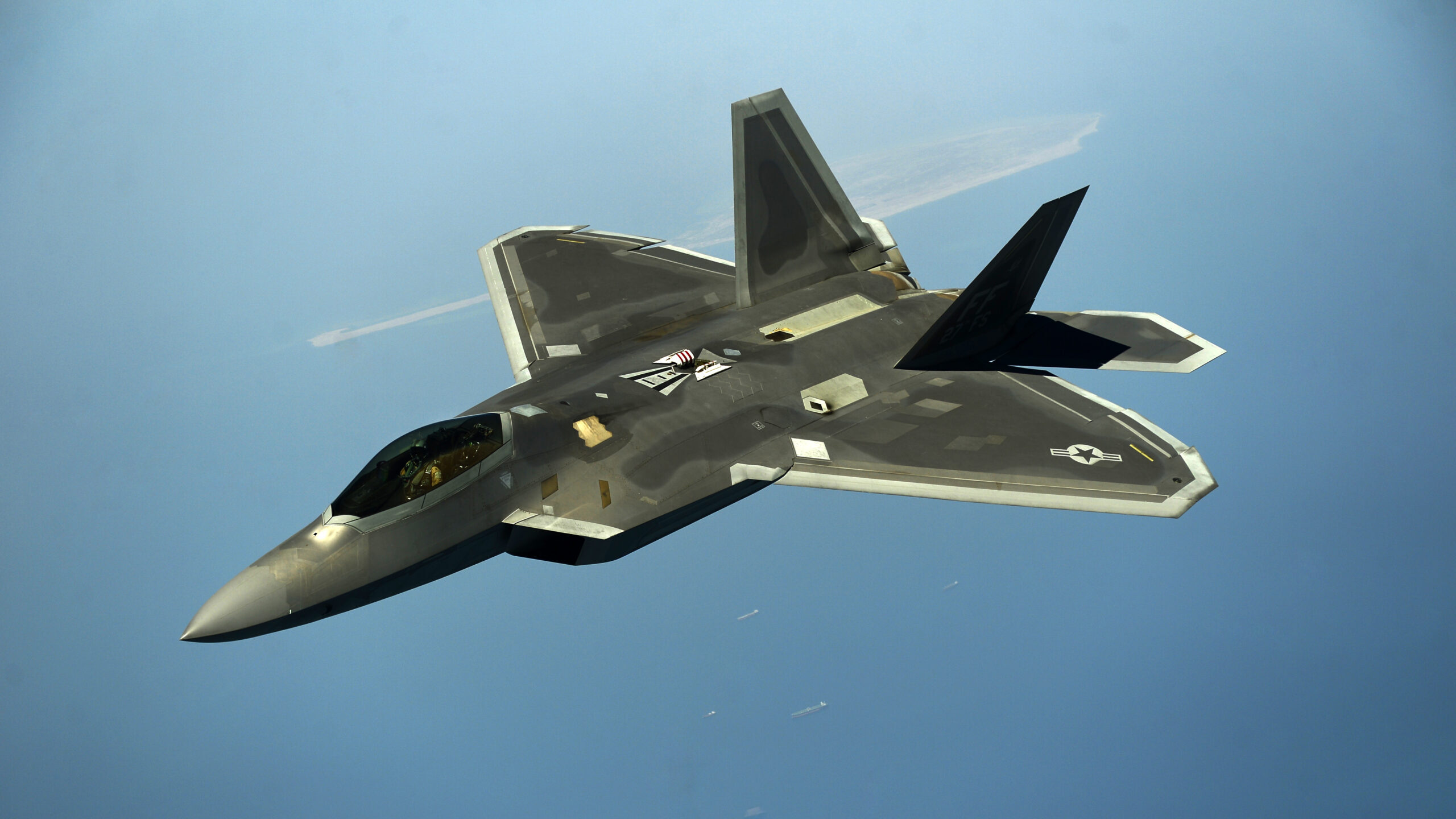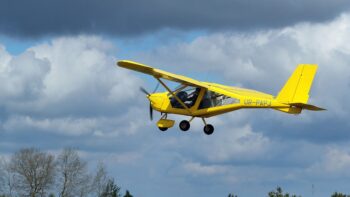
A U.S. Air Force F-22 maneuvers after being in-air refueled April 25, 2014, over the U.S. Central Command Area of responsibility by a KC-135 Stratotanker and aircrew from the 340th Expeditionary Air Refueling Squadron, Al Udeid Air Base, Qatar. (U.S. Air Force photo by Staff Sgt. Vernon Young Jr./Released)
WASHINGTON — Lawmakers are becoming more receptive to the Air Force’s bid to retire aging weapon systems, the service’s top civilian said today, creating a “much better chance” that a request to retire older F-22 fighter jets goes forward after it was previously blocked by Congress.
“I’ve had good cooperation from our committees,” Air Force Secretary Frank Kendall said during the Ash Carter Exchange hosted by the Special Competitive Studies Project. “And one of the things that’s been a sticking point in the past that we’re getting good cooperation on now is divestitures.”
Pointing to previous “resistance” to the idea of mothballing older platforms, Kendall noted that Congress finally budged on letting some A-10s go in fiscal 2023 alongside retirements of the E-3 eye in the sky, and though the service was not successful in getting lawmakers to sign off on a similar retirement for F-22s, momentum is building to permit the move.
“We were unsuccessful with old F-22s that are not fully combat capable last year. I think there’s a much better chance that’ll go through this year, so I want to express some appreciation to the Congress,” he said.
Air Force officials argue that the roughly $500 million required annually to maintain 32 Block 20 F-22s — which they emphasize are not equipped with the most modern weapons — would be better spent on developing the Raptor’s successor, the secretive Next Generation Air Dominance fighter. Lt. Gen. Richard Moore, Air Force deputy chief of staff for plans and programs, further estimated in April that making the Block 20 fighters combat worthy would take about a decade of effort and cost approximately $3.5 billion — a timeline that, ideally, would already see the NGAD system flying.
The service has structured its budget request assuming the divestment would be approved, meaning that funds to maintain them would have to come out of something else if Congress doesn’t provide extra resources, the general warned.
As part of its FY24 budget request, the service is seeking a total of 310 divestments that could free up funds to pivot to the next generation of air power, with roughly a third coming from older fighters like A-10s and F-15C/Ds.
Kendall said the Air Force strives to maintain common mission sets as it sends older jets to the boneyard — replacing old aircraft with new ones or keeping some kind of flying mission for impacted squadrons, for example — but evolving to meet the demands of modern war may not always mean that more aircraft is what the service needs.
“The truth is that the Air Force needs things like electronic warfare, battle management, intelligence, cyber capabilities, all of these things. It doesn’t just need airplanes,” he said.
“And as the character of warfare changes, and as technologies are introduced, we’re going to need those kinds of units just as much as we’re going to use more traditional platforms. So far, we’ve had pretty good support on that,” he added.






















